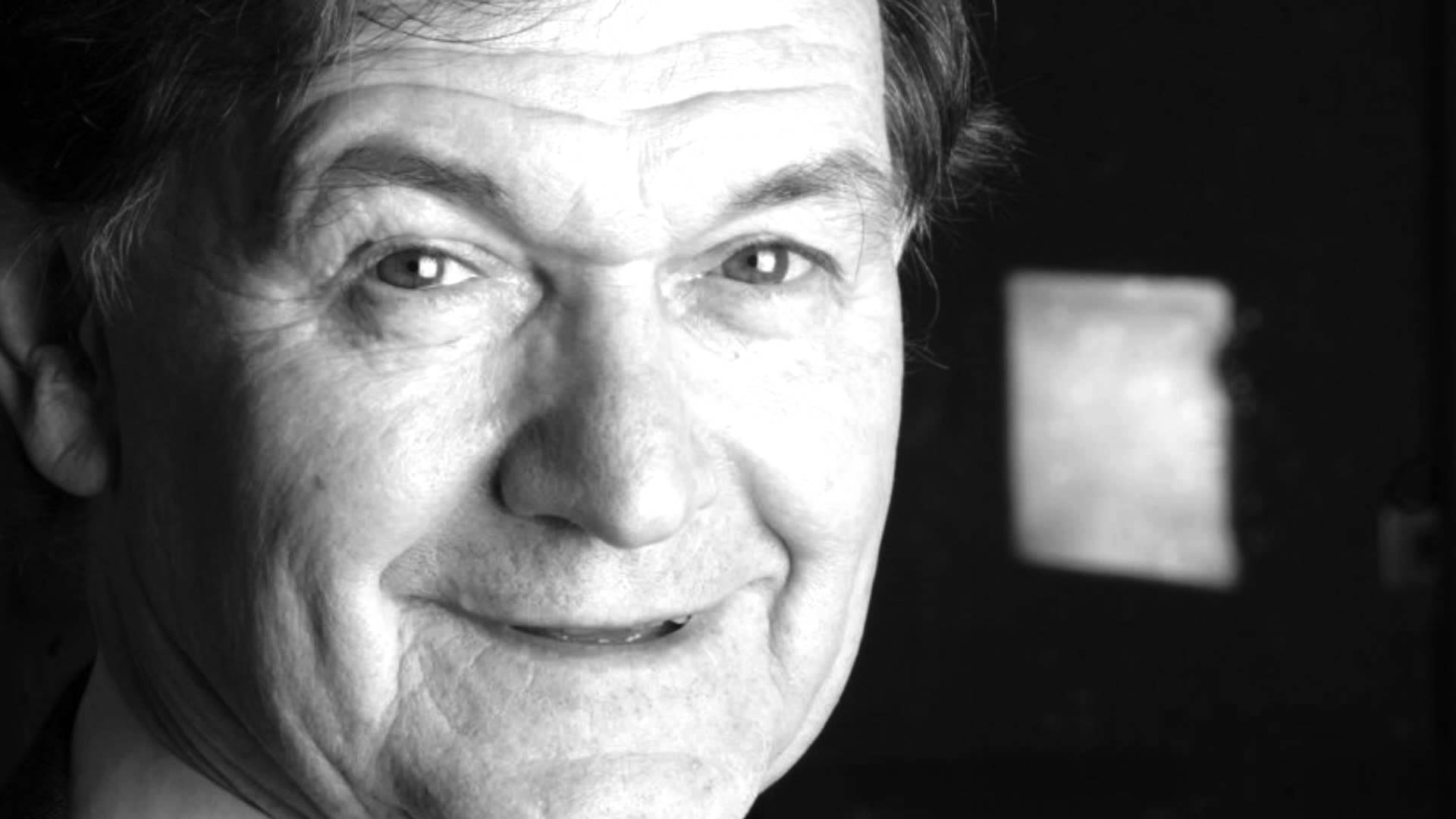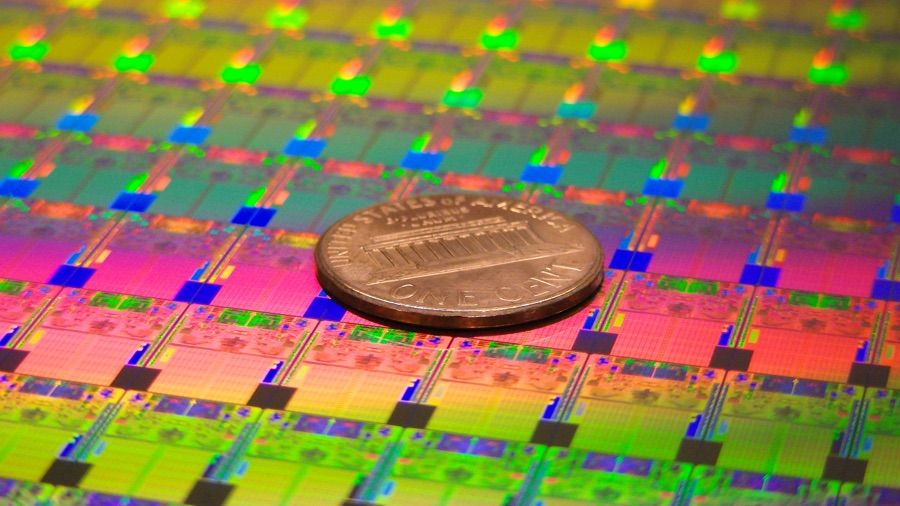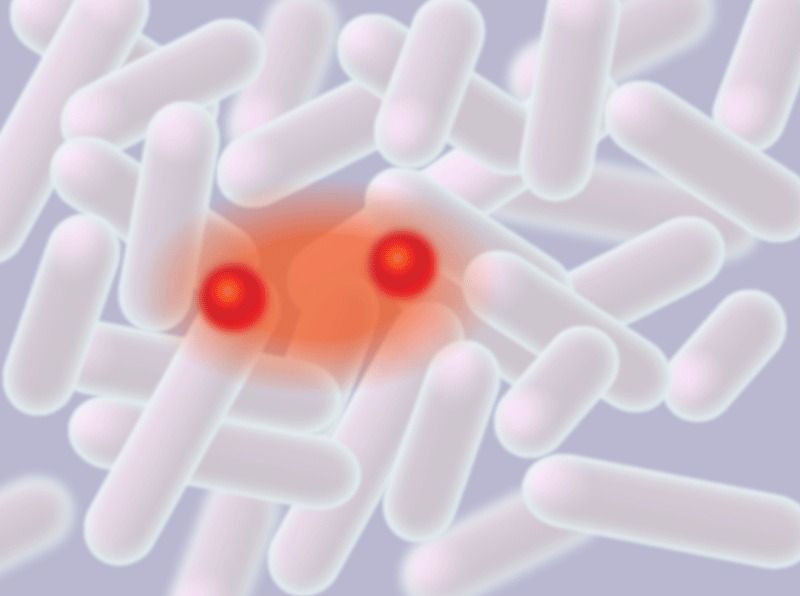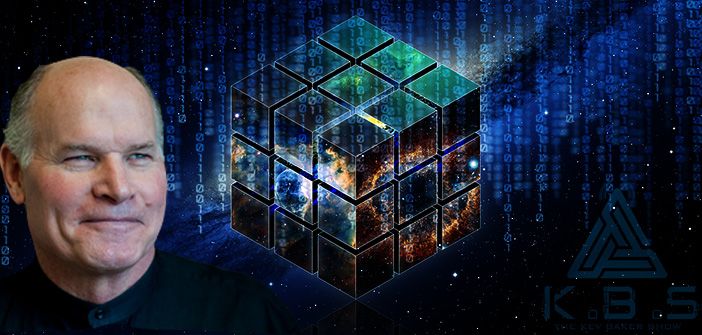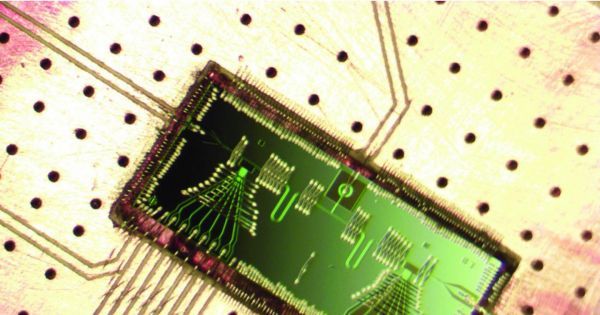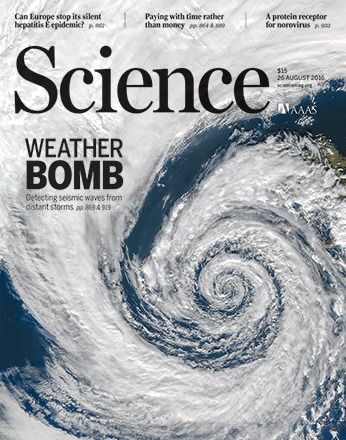Perfecting the macro-molecule.
(Phys.org)—A pair of physicists with the Swiss Federal Institute of Technology in Switzerland has found a way to create very large diatomic molecules, and in so doing, have proved some of the theories about such molecules to be correct. In their paper published in Physical Review Letters, Johannes Deiglmayr and Heiner Saßmannshausen describe their experiments and results and why they believe such molecules may have a future in quantum computing.
Physicists have been interested in the properties of macromolecules for many years because they believe studying them will illuminate the fundamental properties of molecules in general. Prior research has shown that large, two-atom molecules should be possible if they were put into a Rydberg state—in which the outer electron exists in a high quantum state, allowing it to orbit farther than normal from the nucleus—and thus allowing for the creation of molecules thousands of times larger than conventional diatomic molecules such as H2.
In this new effort, the researchers sought to test assumptions made about such molecules by actually building some. They did so by firing a laser at a pair of chilled cesium atoms to excite them and then by firing another laser with a smaller amount of energy to bring them into a Rydberg state. To make sure they had succeeded in making the large molecule, they used a device to detect that the ions that had been created during the process decayed to the lower Rydberg state, releasing the energy that had ionized the other atom. By actually creating the molecules, the pair were able to test many of the theories and assumptions about them made by others in the field.
Read more


